wjk
TPF Noob!
- Joined
- Jan 7, 2007
- Messages
- 15
- Reaction score
- 0
- Can others edit my Photos
- Photos OK to edit
Hello all-compliments on a great forum. My question is on washing fiber-based prints---I'd prefer not to use a hypo-clearing agent (though I've used Perma-Wash in the past)---any advice on techniques and times to wash my prints? (I do not have an archival washer). Thanks!


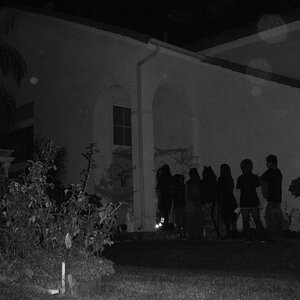
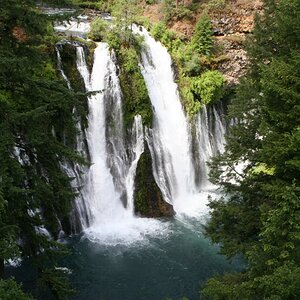

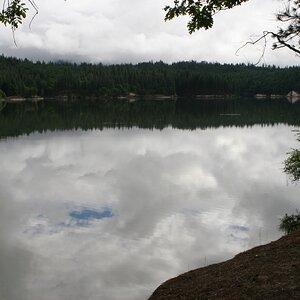


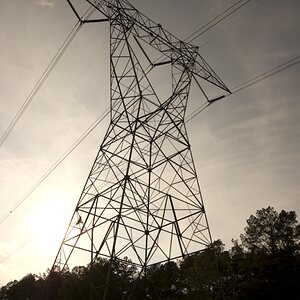

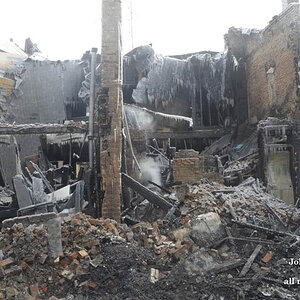

![[No title]](/data/xfmg/thumbnail/31/31747-2e2e2bda16938a6a1d5fd6120c558293.jpg?1619734987)
